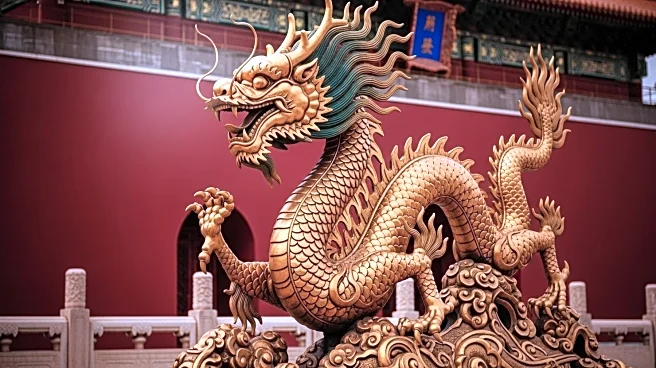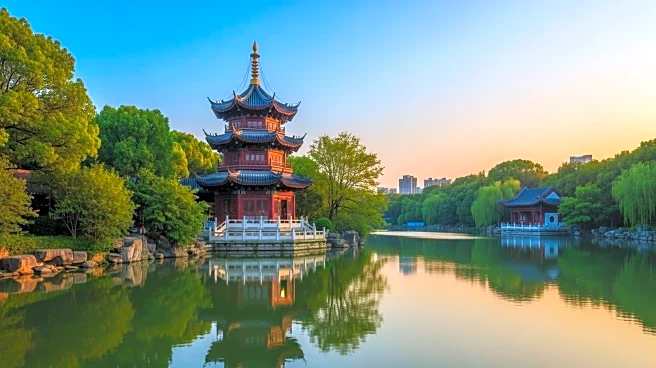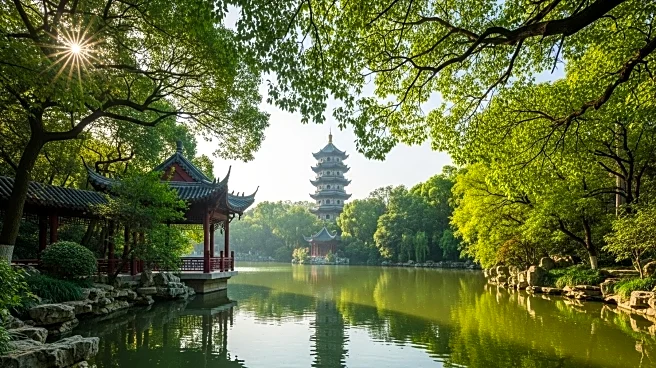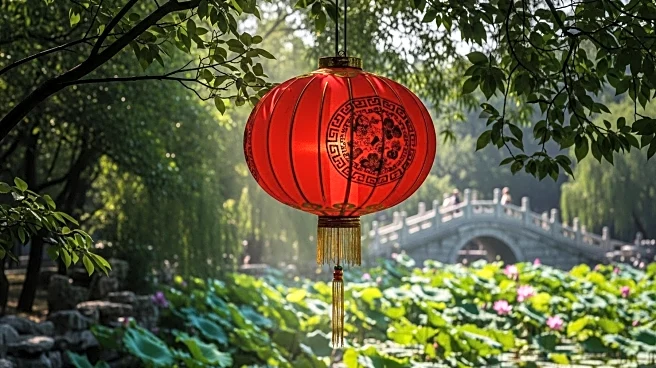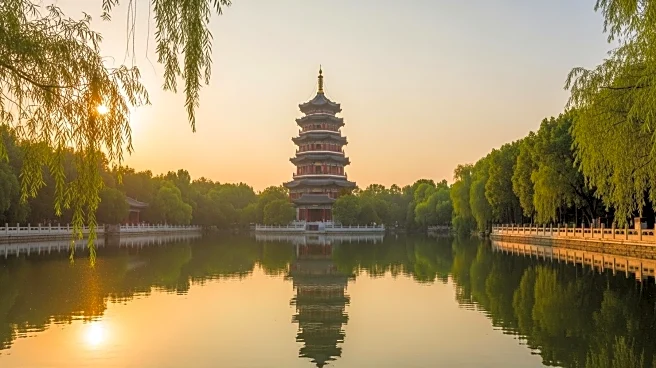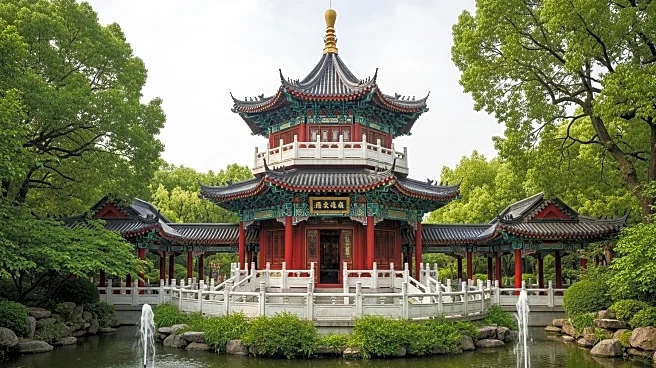The Forbidden City, a historic palace complex in Beijing, China, boasts an expansive footprint that reflects its significance as the former imperial residence. Its geographic reach and institutional presence continue to influence cultural and architectural studies worldwide.
Geographic Reach
The Forbidden City covers an area of 72 hectares, making it one of the largest palace complexes in the world. Its strategic location in the heart of Beijing symbolizes the central role of the emperor in governance, with its vast courtyards and halls reflecting the hierarchical nature of the imperial court.
Institutional Presence
Since its transformation into the Palace Museum in 1925, the Forbidden City has maintained a strong institutional presence. The museum houses an extensive collection of art and artifacts, offering insights into the rich history of the Chinese empire. Its preservation as a World Heritage Site ensures that its cultural significance is recognized globally.
Economic and Social Footprint
The Forbidden City attracts approximately 16.7 million visitors annually, contributing significantly to the local economy. Its role as a major tourist destination has led to the development of surrounding areas, with businesses and services catering to the needs of visitors. The site also serves as a social hub, fostering cultural exchanges and interactions.
Environmental or Community Impact
The preservation of the Forbidden City has had a positive impact on the environment and community. Efforts to maintain the site's historical integrity have led to the implementation of sustainable practices, ensuring that its cultural heritage is protected for future generations. The site's significance fosters a sense of pride and identity within the local community.
 Discover Daily • 8 min read
Discover Daily • 8 min read 